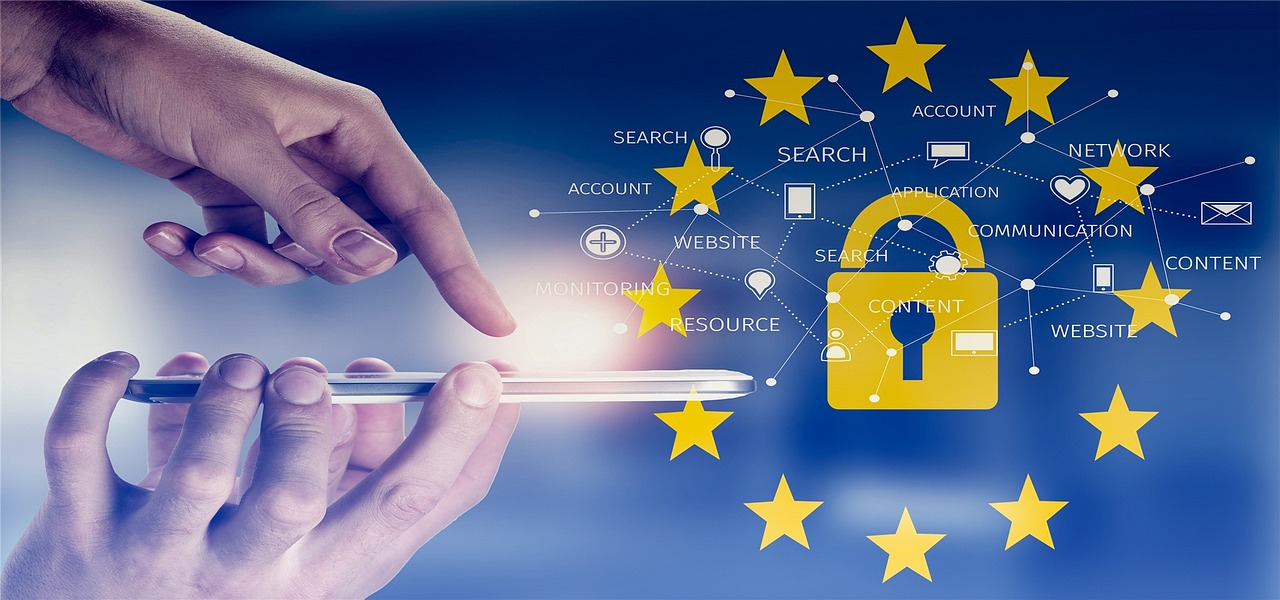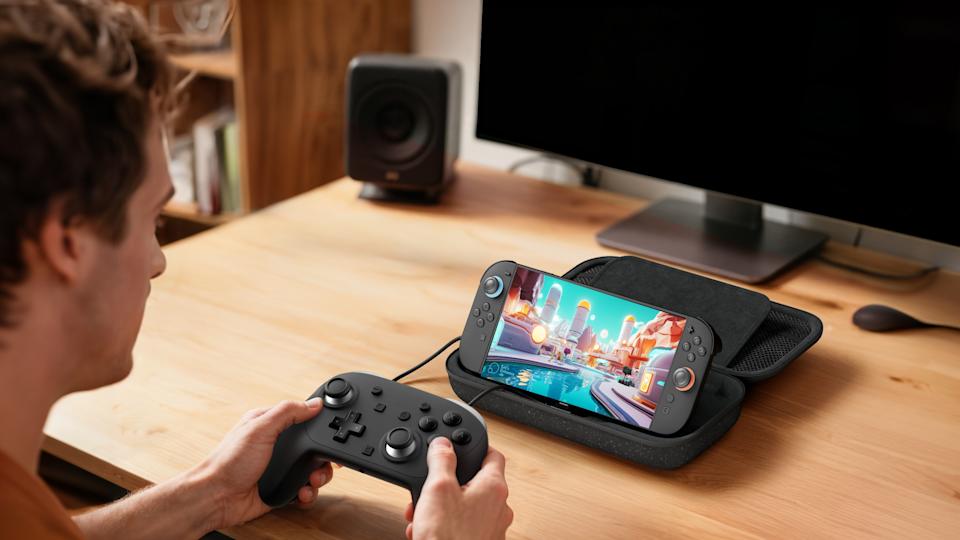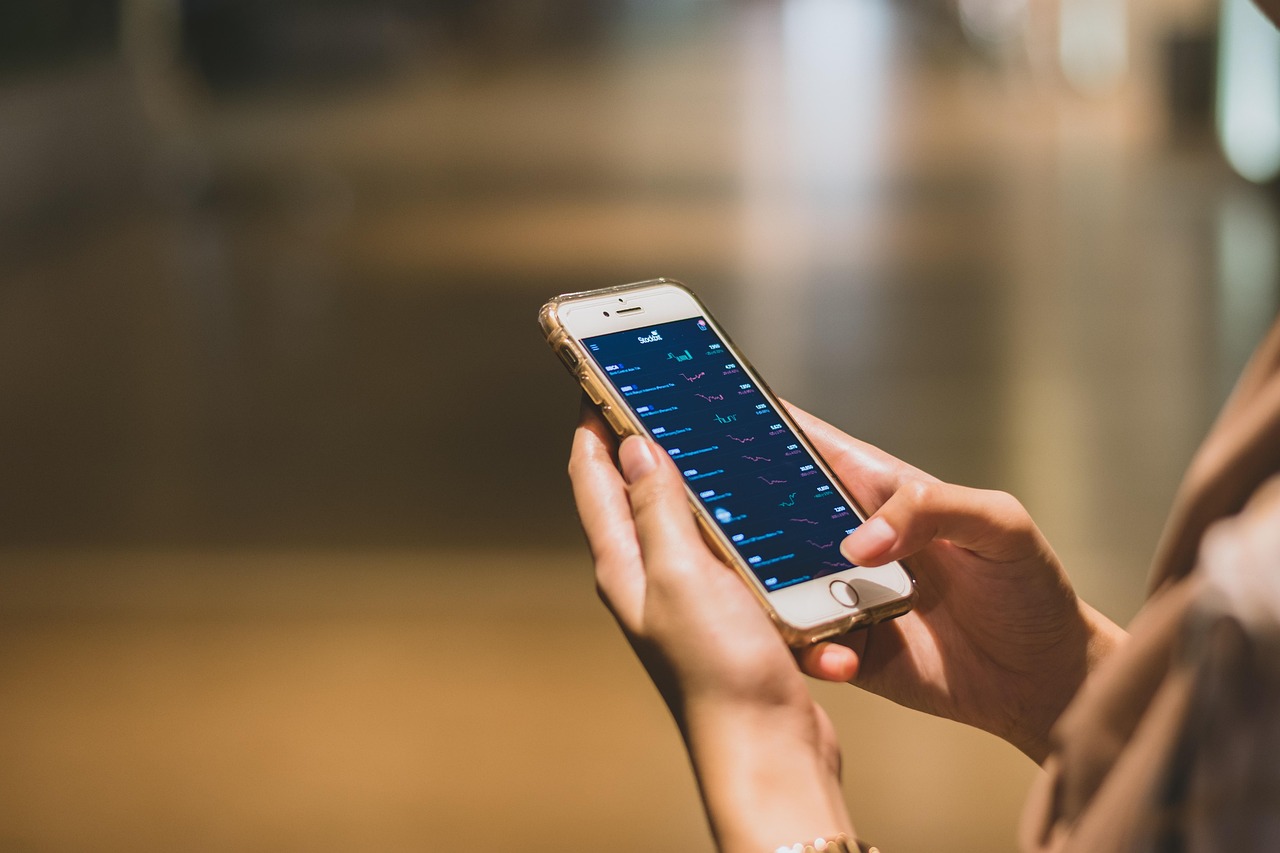Secure Onboarding: The Role of Selfie Video Verification

The digital transformation has profoundly reshaped how organizations across the globe manage identity verification. At the heart of this evolution is secure onboarding, a critical process that verifies and authenticates the identity of new users or customers. A cornerstone of this process is selfie video verification, a method that leverages biometric technology to enhance security and streamline the onboarding experience.
Selfie video verification involves capturing a short video of an individual, which is then analyzed using advanced algorithms to confirm the user’s identity. This method has gained traction due to its dual ability to enhance security measures and provide a seamless user experience. As businesses continue to pivot towards digital platforms, understanding the necessity and implementation of this verification technology becomes imperative.
Globally, the adoption of selfie video verification is accelerating. According to a report by Allied Market Research, the global biometric technology market is projected to reach $127.32 billion by 2027, growing at a CAGR of 14.6% from 2020 to 2027. This growth signals a wide-scale recognition of the technology’s potential to mitigate fraud risks, simplify the onboarding process, and maintain regulatory compliance.
Several key factors underscore the adoption of selfie video verification in secure onboarding:
- Enhanced Security: Selfie video verification provides an additional layer of security by utilizing biometric data, which is unique to each individual. This reduces the risk of identity theft and fraudulent activities, addressing concerns over traditional password-based systems.
- Compliance with Regulatory Standards: In regions such as the European Union, regulations like the General Data Protection Regulation (GDPR) and the Revised Payment Services Directive (PSD2) mandate strong customer authentication. Selfie video verification helps companies adhere to these regulations by ensuring robust identity verification processes.
- User Experience: The integration of video verification can significantly enhance the user experience by reducing friction during the onboarding process. Users can complete verification steps using their smartphones, eliminating the need for in-person verification or complex documentation.
- Technological Advancements: Recent advancements in artificial intelligence and machine learning have improved the accuracy and reliability of biometric verification systems. These technologies enable real-time analysis of video data, making the verification process faster and more efficient.
Despite its advantages, implementing selfie video verification is not without challenges. Privacy concerns are paramount, as the collection and storage of biometric data require stringent data protection measures. Organizations must ensure that their verification systems comply with global privacy standards and that user data is securely managed and stored.
Furthermore, accessibility is an important consideration. While smartphone penetration is high in many regions, there are still areas where access to the necessary technology is limited. Companies must consider inclusive strategies to accommodate users from diverse technological backgrounds.
In conclusion, selfie video verification stands as a pivotal technology in the realm of secure onboarding. Its capacity to augment security, comply with regulatory demands, and offer a smooth user experience positions it as a valuable tool for businesses navigating the digital landscape. As the technology continues to evolve, organizations must remain vigilant in addressing privacy concerns and accessibility challenges to fully realize the benefits of this sophisticated verification method.















